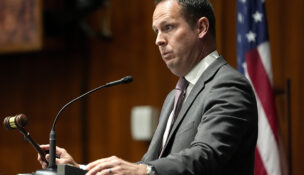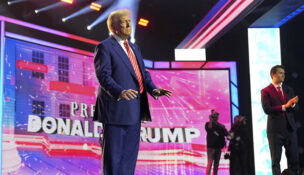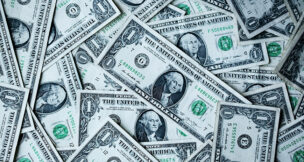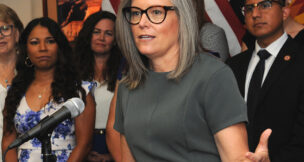Still Red: New Democrats outnumber new Republicans almost 2-1, but GOP grips overall advantage in AZ
Arizona Capitol Reports Staff//September 26, 2008//[read_meter]
Still Red: New Democrats outnumber new Republicans almost 2-1, but GOP grips overall advantage in AZ
Arizona Capitol Reports Staff//September 26, 2008//[read_meter]
New Voter • Freshman Chris Orozco registers to vote at a table manned by Jonathon Villanueva on the Arizona State University campus in Tempe. Villanueva is paid to register voters...
No tags for this post.

















